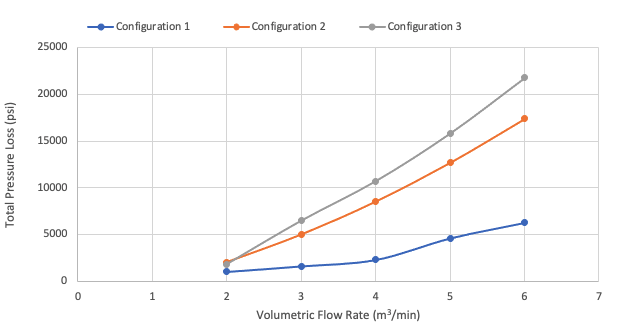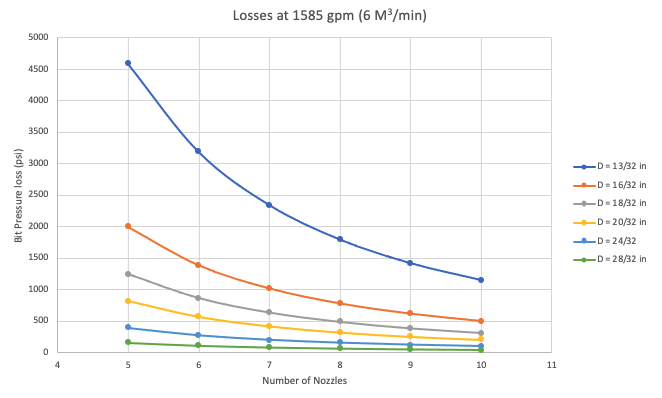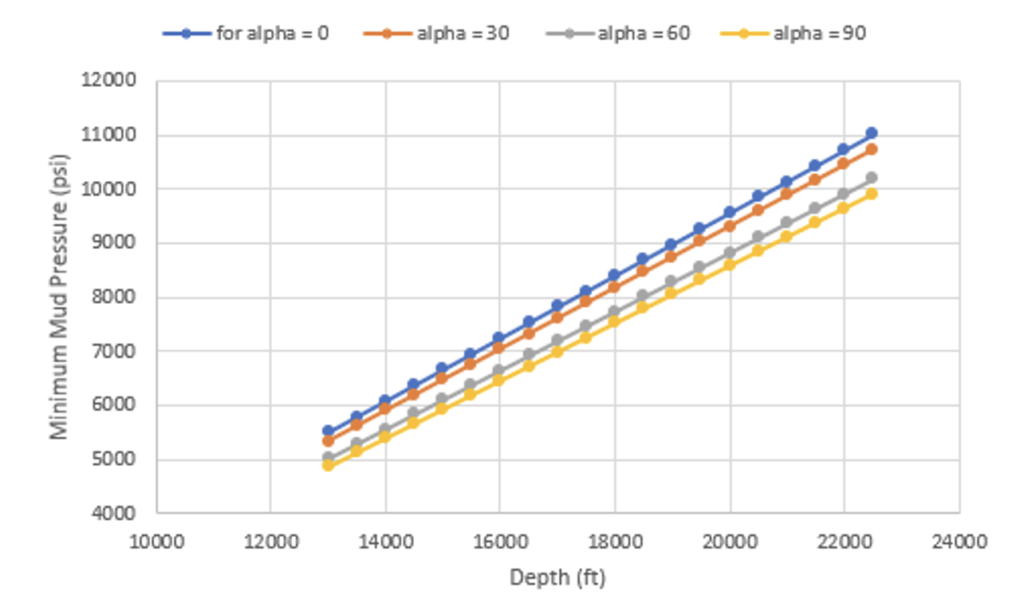Project Category: Multidisciplinary
Join Our Presentation
About Our Project
There’s an increasing demand for a competitive green energy that’s capable of satisfying the growing energy needs of today. To answer this our sponsor, Eavor Technologies out of Calgary Alberta, have created a closed-loop geothermal system. This system captures the natural heat of the earth by utilizing an Advanced Geothermal System (AGS), which uses a concept known as directional wells or intersecting horizontal wells. These wells are 4-6km long, first drilling down, then horizontally, while another well is drilled in the same manner to intersect underground, creating a closed loop system. The problem is, with an increase in depth comes an increase in temperature and with an increase in pressure comes an increase in technical problems. Controlling these two parameters is crucial in making this concept competitive to the current market.
As such, our team has been given the task of improving the circulation system of an Advanced Geothermal System. This entails finding a way to decrease the temperature of the bottom hole assembly (BHA) so that the electronics are kept around 150˚C while the drill is operating. Keeping the electronics cool enough to operate is key to being able to utilize the measurements while drilling (MWD) of the BHA to further drill horizontally and eventually complete a closed-loop system. Another challenge to this project is to be mindful of availability. This means no specially designed equipment is to be used, all piping and equipment must be able to handle the required pressures and flow rates using equipment readily available to the oil and gas industry.
With all of this in mind, our team went to work, looking at frictional pressure losses throughout the system, stress calculations for the drill pipe, tensile yield strength of components and building a thermal model to simulate the operating temperature and reduce pressure losses throughout the system.
Meet Our Team Members
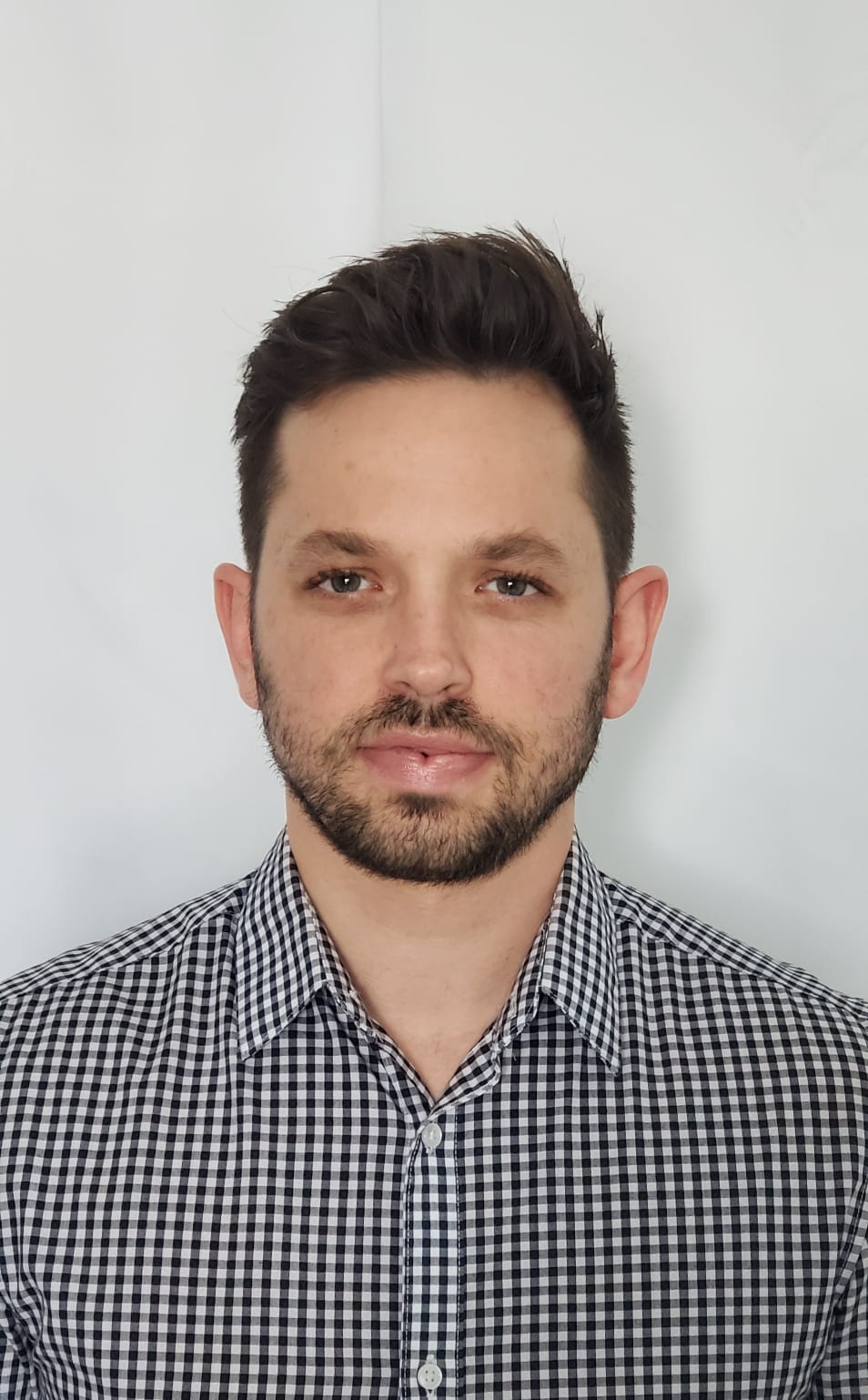
Curt Nicholson
Energy Engineering
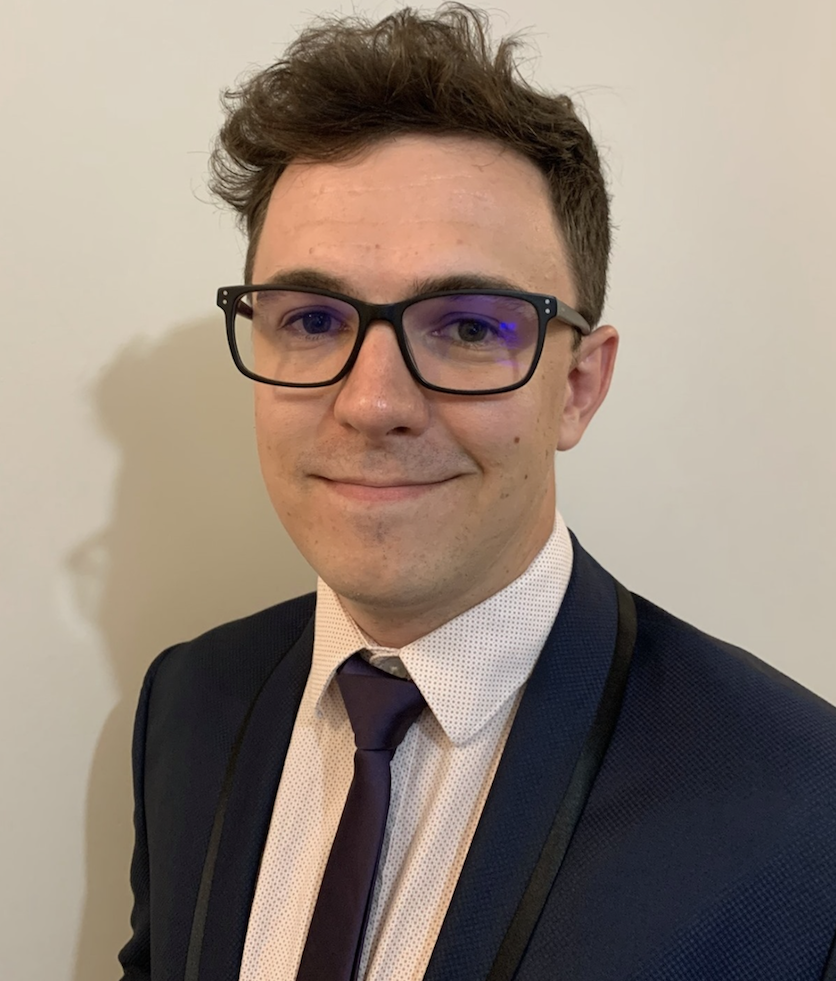
James Sambrook
Energy Engineering

Clayton Crossfield
Energy Engineering

Zach Olsen
Energy Engineering
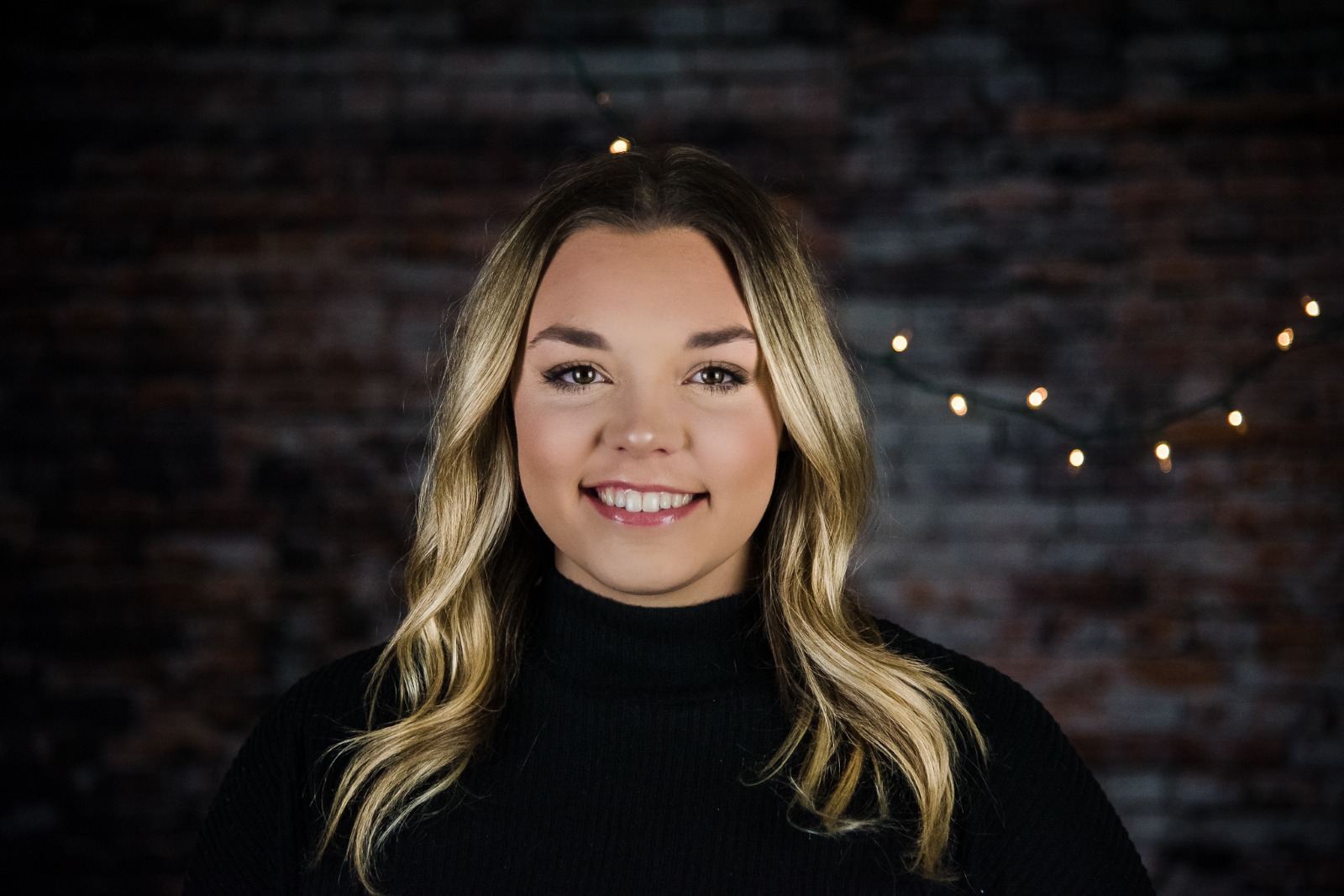
Kaitlyn Serhan
Energy Engineering
Details About Our Design
HOW OUR DESIGN ADDRESSES PRACTICAL ISSUES
Currently the electronics at the bottom hole assembly (BHA) will fail at 170˚C. Our goal was to reduce the operating temperature to a value of around 150˚C to allow for a factor of safety. By cooling the whole BHA, not only will the electronics/MWD function as they are supposed to, but there will also be less need to stop drilling to change out used drill bits and service parts, which allows for less time spent not drilling, reducing standby costs and increasing productivity time.
WHAT MAKES OUR DESIGN INNOVATIVE
Our design is innovative in how it successfully harnesses a large enough flow rate to decrease the temperature of the BHA, reduce pressure losses on the surface and minimize pressures from the main pump outlet all the way to the exit of the annulus.
WHAT MAKES OUR DESIGN SOLUTION EFFECTIVE
Bringing the temperature of the BHA down to a practical operating temperature, without the need to purchase specific custom-made equipment and fittings, allows for a simplified and practical solution. Additionally, our model and associated figures also provide visual clarity for multiple scenarios.
HOW WE VALIDATED OUR DESIGN SOLUTION
We validated our design by comparing output values from our model with Eavor’s established model as well as, using graphs and charts to visually show trends of different flow rates and how they affect the temperature at certain depths. Furthermore, we considered the geology of the rock being drilled, looking at real world locations and ensuring we are within the fracture gradient.
FEASIBILITY OF OUR DESIGN SOLUTION
The feasibility of our design is achieved with the collection of reasonable power requirements, considering physical characteristics and utilizing readily available commercial equipment. Our work is based on current engineering laws/theories and is further validated with Eavor’s established model.
Partners and Mentors
We’d like to thank our sponsor Roman Shor for all his help through this project. As well as Ariel Torre, and the rest of the team at Eavor Technologies, for giving us the opportunity to work with a company on the forefront of innovative geothermal technology.
Our Photo Gallery
